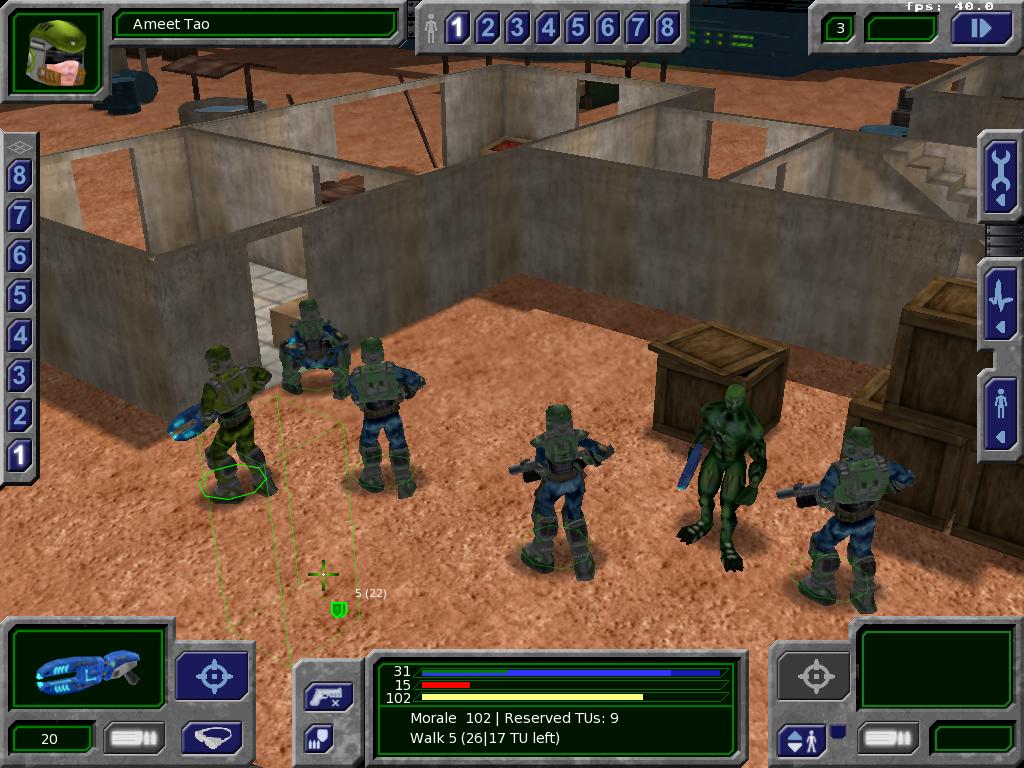


Traditional learning contents are transformed with tailored action-reaction mapping for improving the learning experience by the children. In the primary phase of this work restricted recognition and recall task designed, where natural hand movements of the children captured to train and repeat certain task synchronous with robot movements. It is an experimental Precept Action Sequence (PAS) interaction module, incorporating Leap Motion and Soft bank humanoid robot NAO as an implementation platform. This is a design of transitive gesture-based human-robot interaction (HRI) for enhancing elementary learning outcome of special need children.
UFO ALIEN INVASION GAMEPLAY HOW TO
From these we show that this is an idea that has the potential to bring more intuitive, enjoyable, and effective gaming and learning experiences, and offer recommendations regarding how to better design such systems. Building on established learning principles, we explore different hand gestures and other specially tailored interactions, through three carefully designed activities and two user studies. We explore this symbiosis in the context of gaming where users control games using hand gestures while the content is displayed on their bare hand. In this paper, we present Digital Gloves (), a system designed to evaluate the benefits of a unified hand display and interaction system. This modality, however, separates content display and interaction.

We use our hands to operate keyboards, mice, trackpads, and game controllers. In the digital age, our hands still represent our main form of interaction. The shape and function of the human hand are intimately linked to our interaction with the physical world and sets us apart from our evolutionary ancestors. Observed results also showed that conventional interfaces outperformed the Leap Motion Controller in character movement. Item collection was performed better with the Leap Motion Controller and touch screen, based on the data collected. Users showed more effective control in item collection and combat gameplay, according to the data gathered from our subject’s gameplay sessions. The indicators were used to measure the effectiveness of the controllers in four main tasks: interface handling, character movement, item collection and combat gameplay. Data collection employs user experience heuristics and pre-determined key performance indicators. In the study, other devices such as a mouse, keyboard, gamepad, and touch screen are used to further analyze the performance data gathered with the Leap Motion Controller. This article evaluates the effectiveness of the Leap Motion Controller in 2D gaming environments. However, the use of emerging sensor devices is significantly more prominent in 3D games and simulations. Medicine, engineering, and entertainment are but a few of the fields making use of sensors for the purpose of scientific progress or to improve the user’s experience. Novel digital interfaces are being established and, as a result, users are getting better and better at both learning and using them. The use of sensors for tasks such as (1) interface manipulation, (2) digital games and (3) simulations is quickly becoming commonplace.


 0 kommentar(er)
0 kommentar(er)
